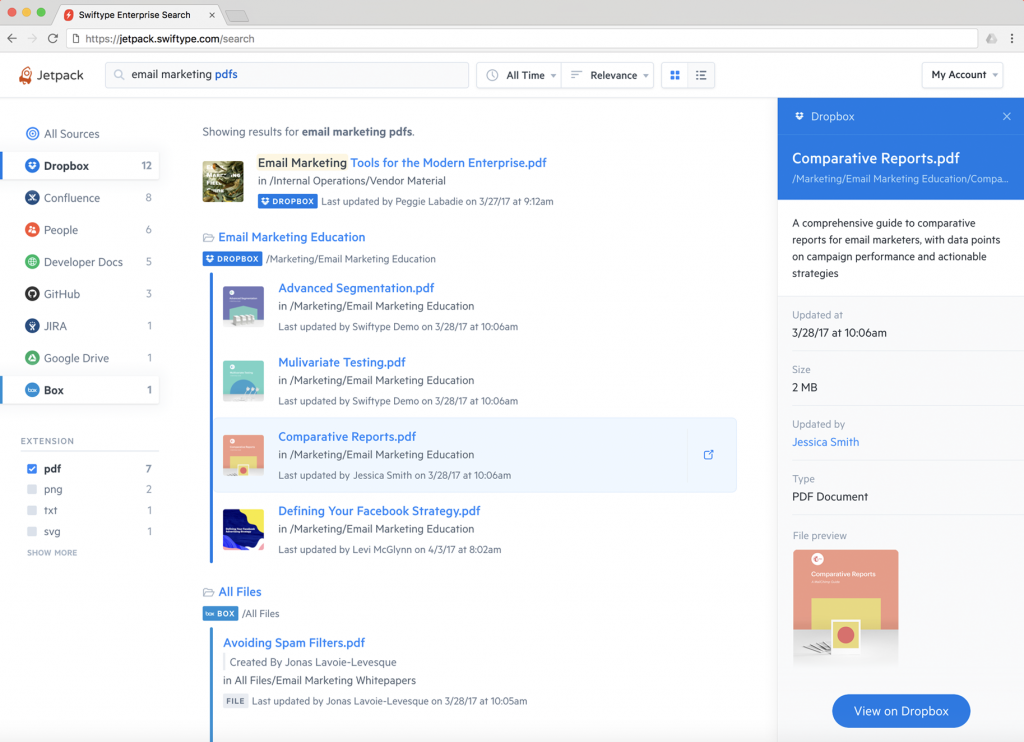“Mobile mobile mobile!” No, this isn’t an episode of The Brady Bunch—it’s the rallying cry of marketers everywhere. Why? Because in 2016, mobile overtook desktop as the primary way users accessed web content. Of course, if you take a look around the next time you’re in a mall, restaurant, on public transit, or attending a sporting event—probably even in your own living room—this won’t come as a huge surprise.

According to a January 2017 report, time spent in mobile applications climbed by 69% in the United States alone. U.S. users spend an incredible five hours each day using apps on their mobile devices, with messaging and social media in particular eating up a large chunk of that time.
Not only are web users mobile and in love with their apps, they also tend to be multi-platform users, switching from desktop to laptop, to tablet, to mobile phones, (which is why omni-channel marketing is so important).
Problems to Contemplate When Considering Mobile
Clearly, it would behoove most organizations to have mobile marketing—specifically as it relates to mobile search—squarely in their crosshairs. But, like most things in life, mobile isn’t 100% perfect. There are definitely some mobile-specific issues that you need to take into consideration when crafting your mobile strategy.
- The potential for higher latency. We have all been spoiled by our rapid-fire desktops and having to wait for a site to load turns a lot of visitors off. I can personally attest to the fact that I bounce if something is taking too long to load and I know I’m not alone. In fact, if a page doesn’t load within three seconds… POOF! 53% of mobile site visits are abandoned. And when mobile sites were compared, those that loaded within five seconds (versus as long as 19 seconds) saw increased ad views, had searchers remain on site 70% longer, and decreased bounce rates by 35%.
- Errant clicks sink ships. Similar to latency issues, you can also blame the desktop for this mobile problem. Instead of mouse clicks, keyboard strokes, and trackpad precision, it’s our clumsy thumbs and fingers poking around mobile sites. Poorly placed banners, ads, or hard-to-find search elements can lead to incorrect clicks, which lead to increased drop-off. The result? You might have just lost an engaged user on your site to your competitor.
- Search must be simple. While you don’t want to immediately hammer visitors over the head with your search options, you must ensure that your mobile search capabilities are up front and crystal clear. Since real estate on mobile is limited, it’s especially important that the search results that the user wants are at the top of the list—otherwise users will have to scroll, potentially encouraging them to check out other sites. This means autocomplete takes on an even more important responsibility and misspellings still need to lead a user to the right place.
What Marketers Need to Know About Mobile Search
Mobile’s popularity and continued growth has definitely upset the traditional ideological mantra of: “build (and optimize) your website, and they will come.” Today, many companies—including behemoths like Google and Apple—are opting for a mobile-first push when it comes to website design.
The reasons behind a mobile-first strategy are pretty straightforward. Mobile screens (and their functionality) are fundamentally different from desktop screens and their design should reflect that. Add that to that the fact that people tend to browse more on desktops and search more on mobile, and the need for an easy and efficient mobile search experience makes perfect sense.
Also, as mentioned above, people are spoiled these days. Mobile users are highly goal-oriented, want to achieve results quickly and easily, and don’t want to encounter confusing navigation or crowded screens full of touch-sensitive elements. Not surprisingly, according to a report on SearchEngineLand.com, some of the most common (and most annoying) issues for mobile search users hunting content, also happen to match perfectly with these mobile search issues:
- Content not sized to screen: Scroll scroll scroll.
- Font size too small: Pinch pinch pinch.
- Touch elements too close together: Bounce bounce bounce (see above re: errant clicks).
Adapting to the Evolution of Mobile Users
When you add up all the moving parts around mobile search, you wouldn’t be far off the mark to think that mobile hasn’t actually changed search as much as mobile users have changed search. And these days, the user/customer/client holds all the cards. To sum up, you can help mobile users achieve optimum mobile search success in a few ways:
- If possible, adopt a mobile-first strategy.
- Ensure that users can search immediately to find the content they are looking for.
- Implement advanced search functionality like autocomplete, spelling correction, phrase matching, and more.
- Do as much as you can to reduce latency.
- Provide highly targeted content so users find what they need as quickly as possible.
- And remember micro-moments on the user’s journey, like “I want to know, go, do, and buy.”
It’s predicted that customer/user experience will be the top brand differentiator—topping price and product—by the year 2020. If it’s not already, fine-tuning your mobile search experience should be at the top of your priority list.
Ready to take a hard look at your site search solution and how you can improve your mobile and website search? Chat with the Swiftype team today and they can help find the best fit for you.







